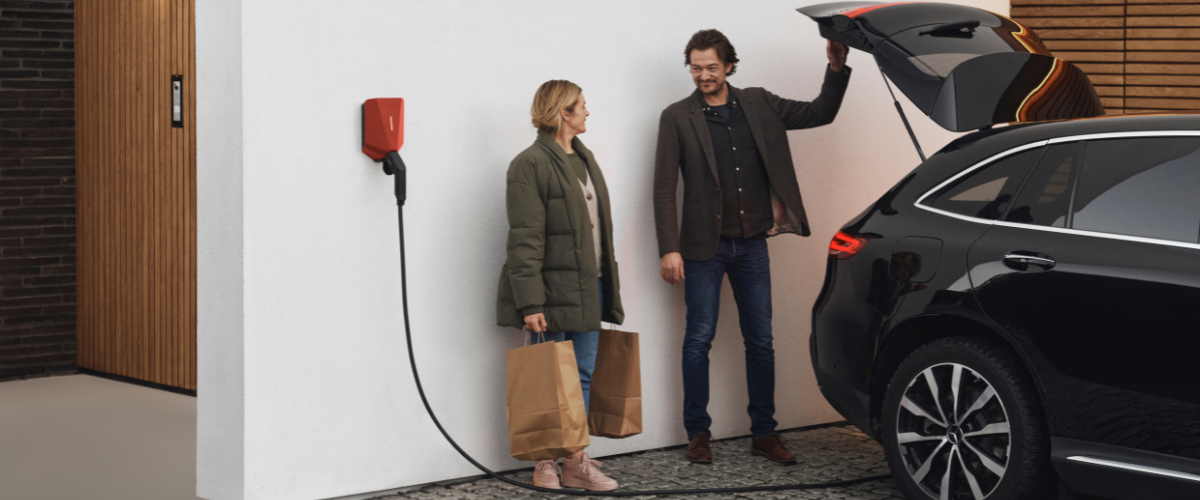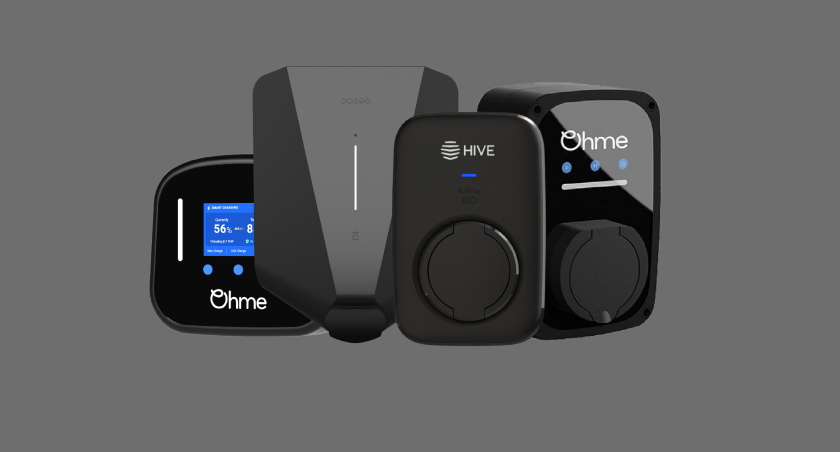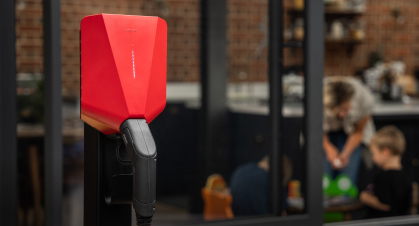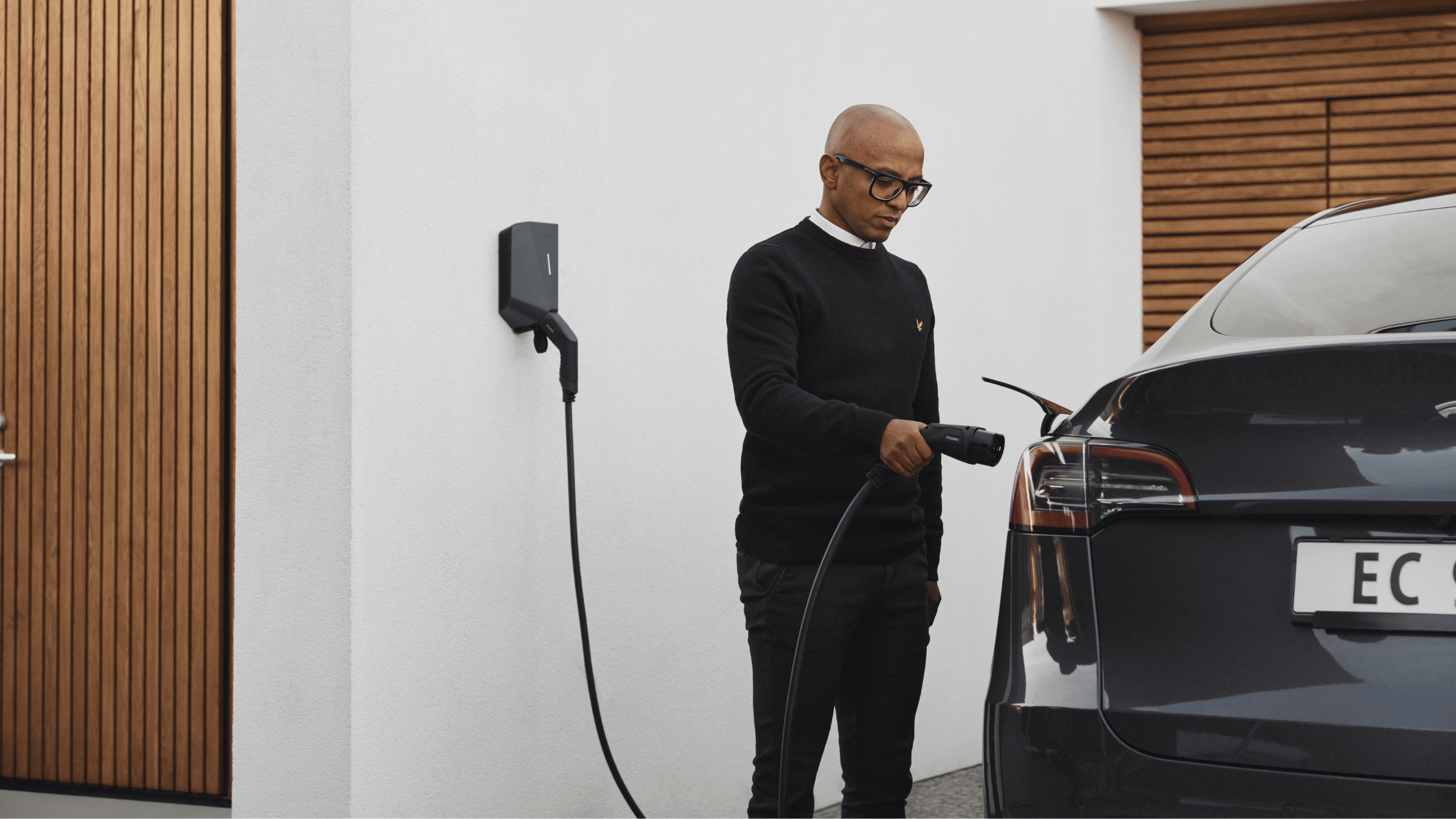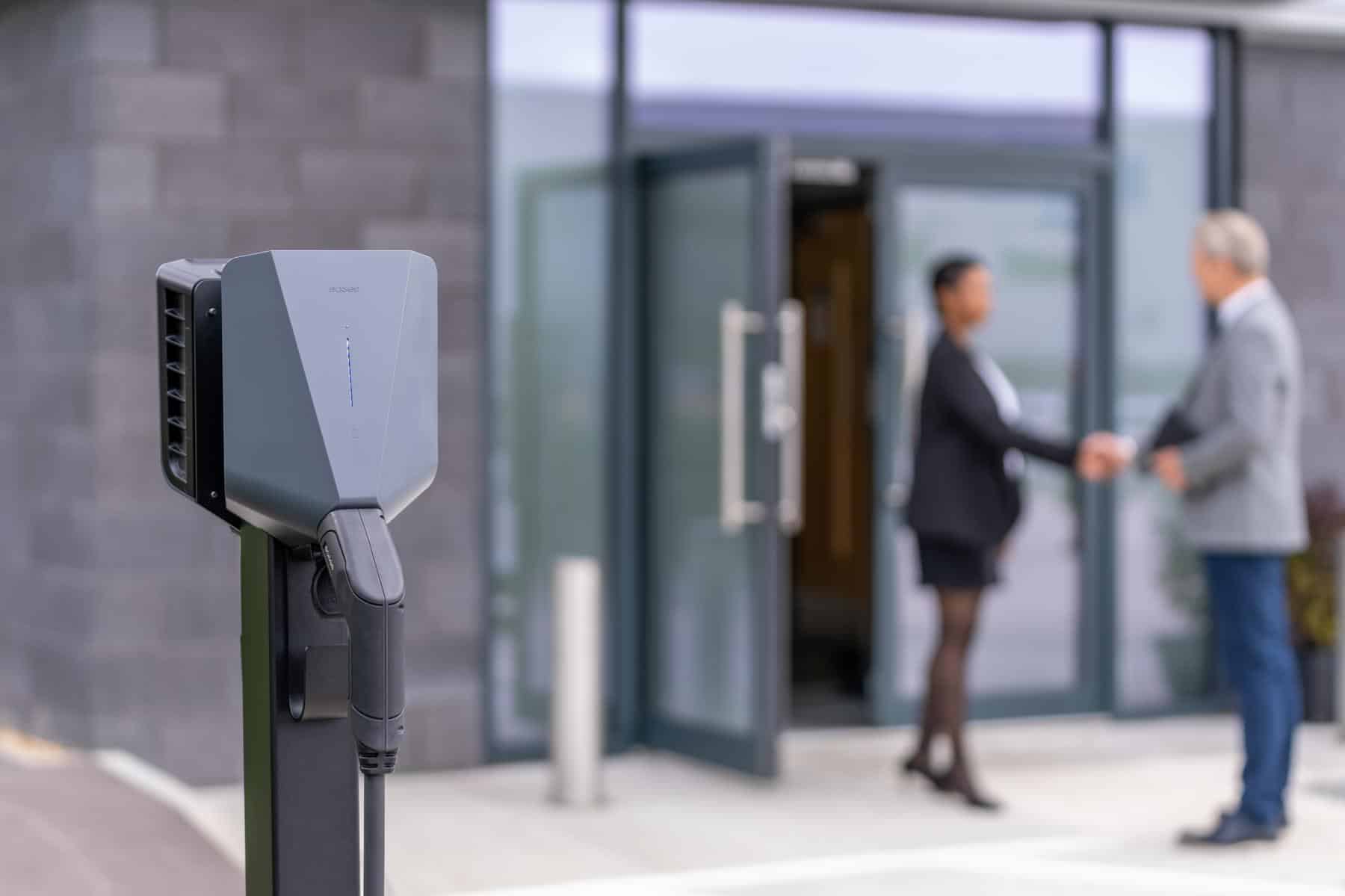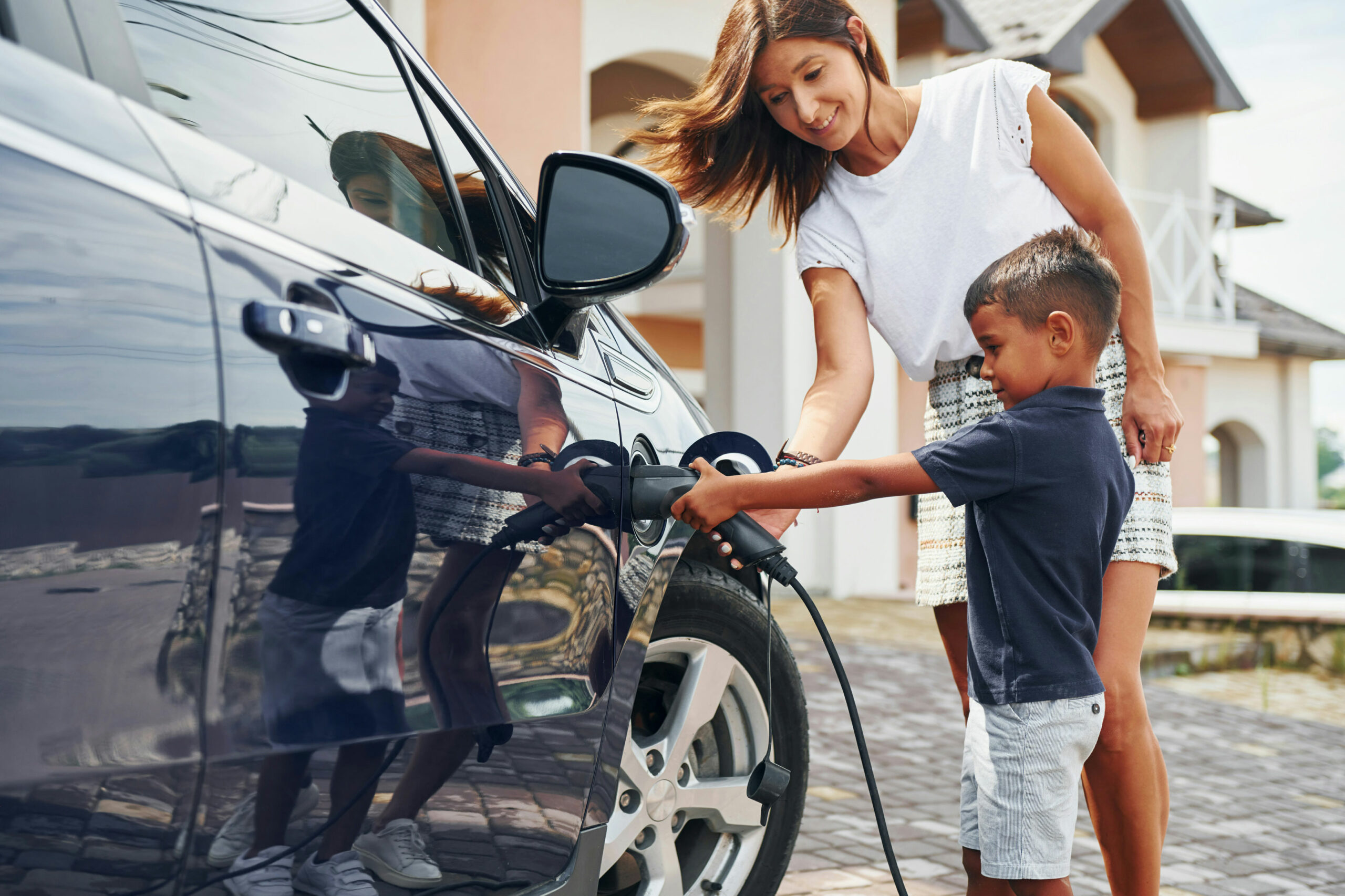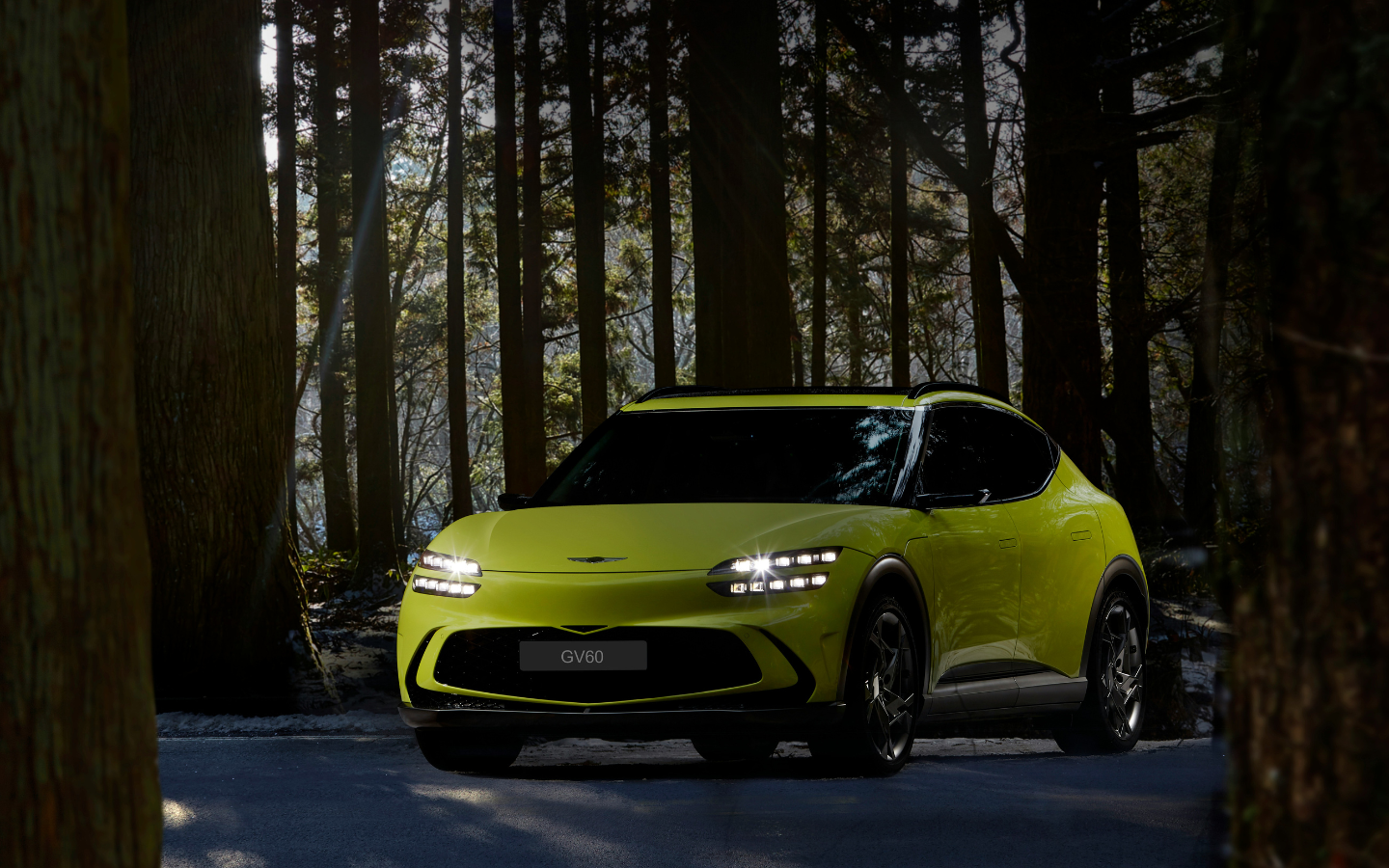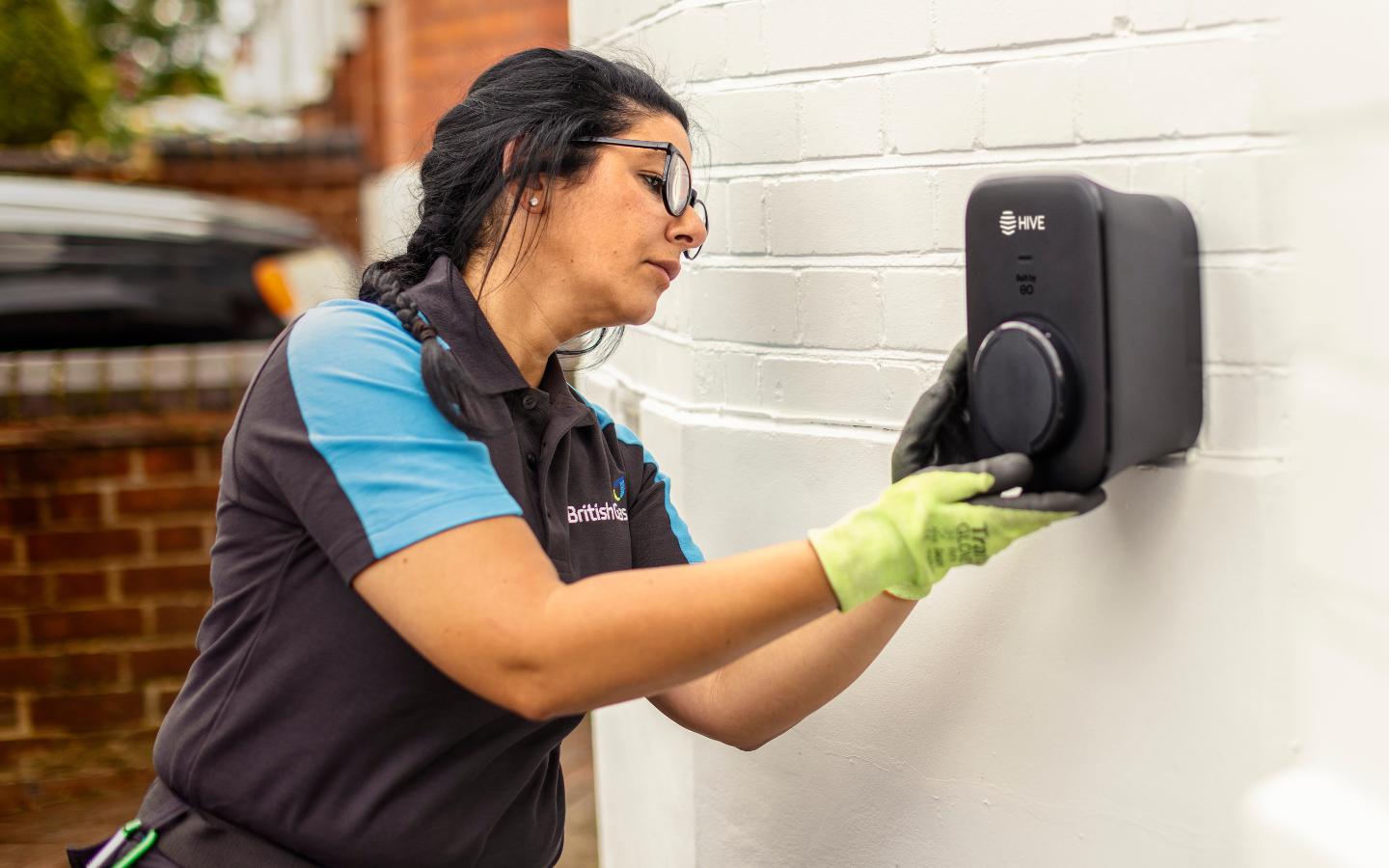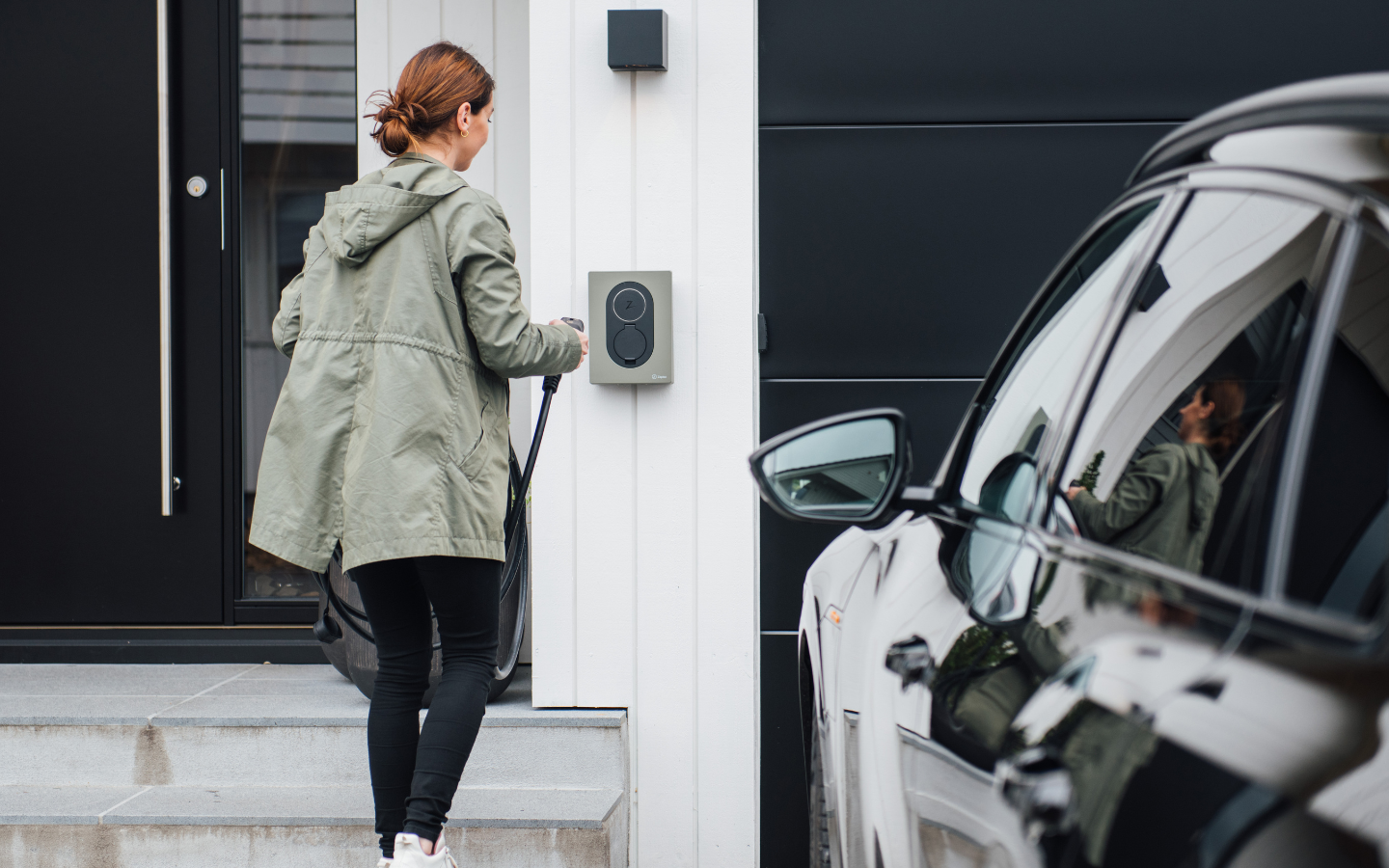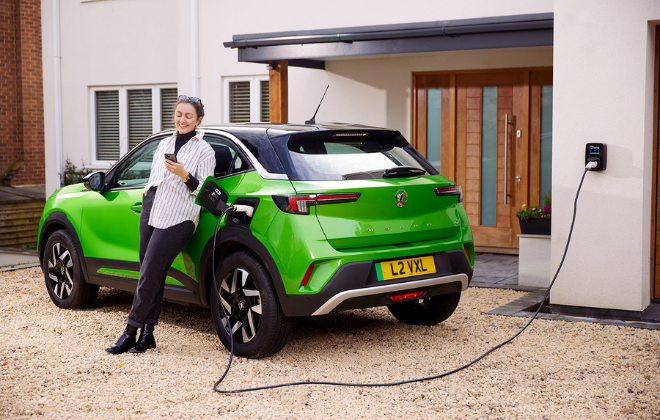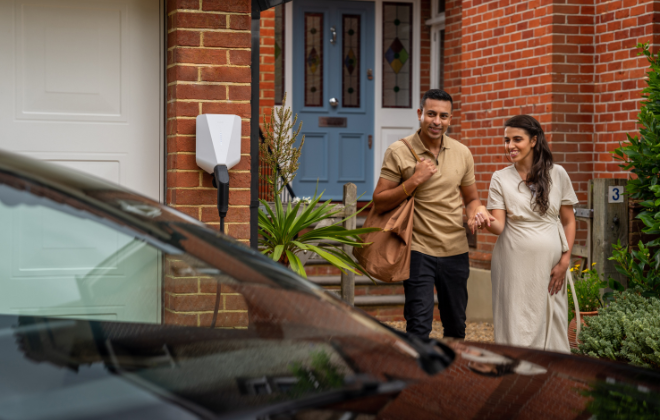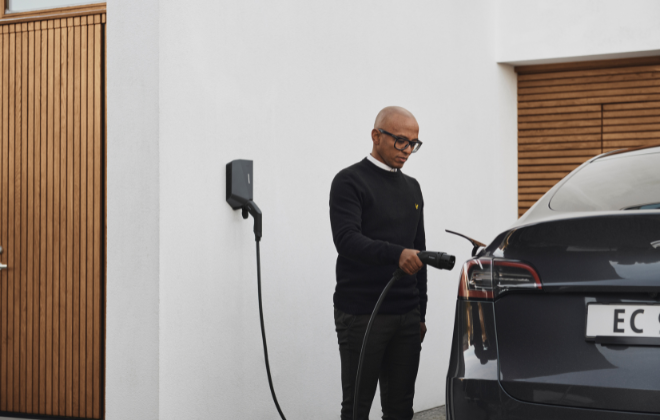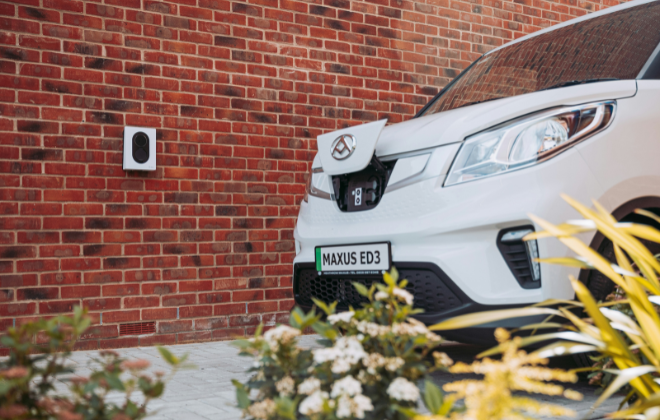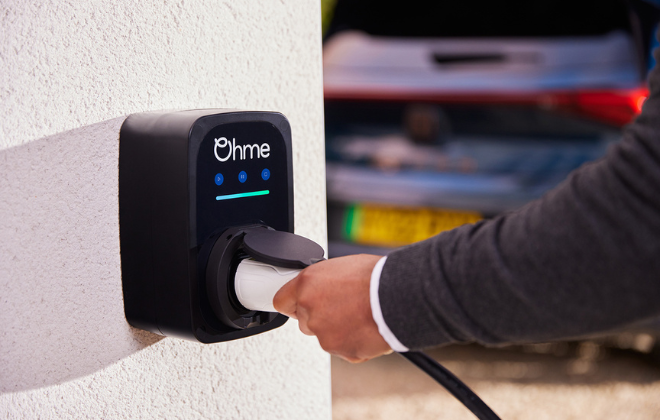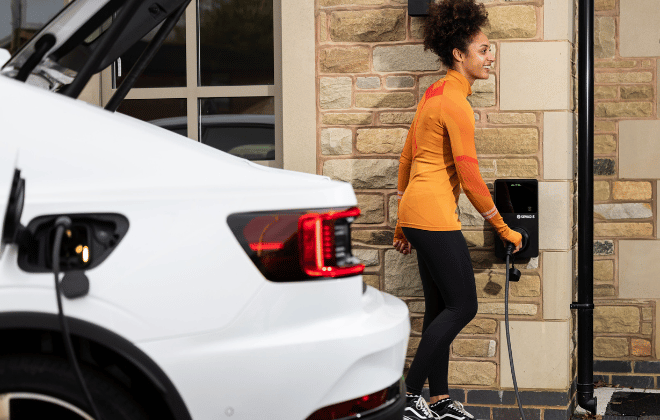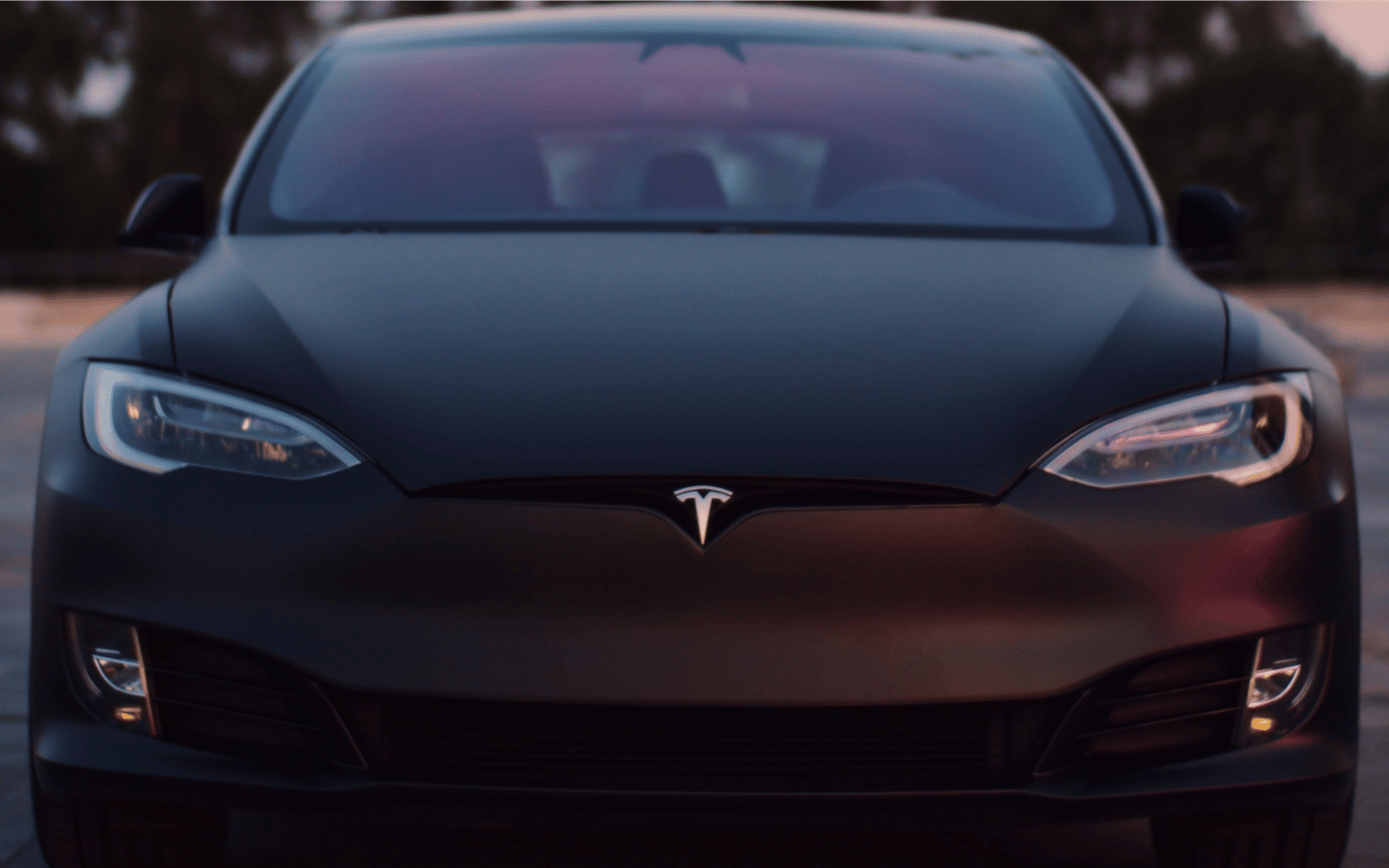

Tesla EV Charging: A Guide
Can I use any EV charger to charge my Tesla? A Guide to Tesla EV Charging
The Tesla Model 3 continues to be one of the most popular electric cars on the market. That, conjoined with the popularity of Elon Musk’s Tesla empire, there is no surprise that the question ‘How do I charge my Tesla?’ is frequently on everyone’s lips.
And we are here to help.
Whether you have a Tesla Model 3, Model S, Model Y, or Model X, you’ll know the ins and outs of Tesla EV charging by the end of this guide.
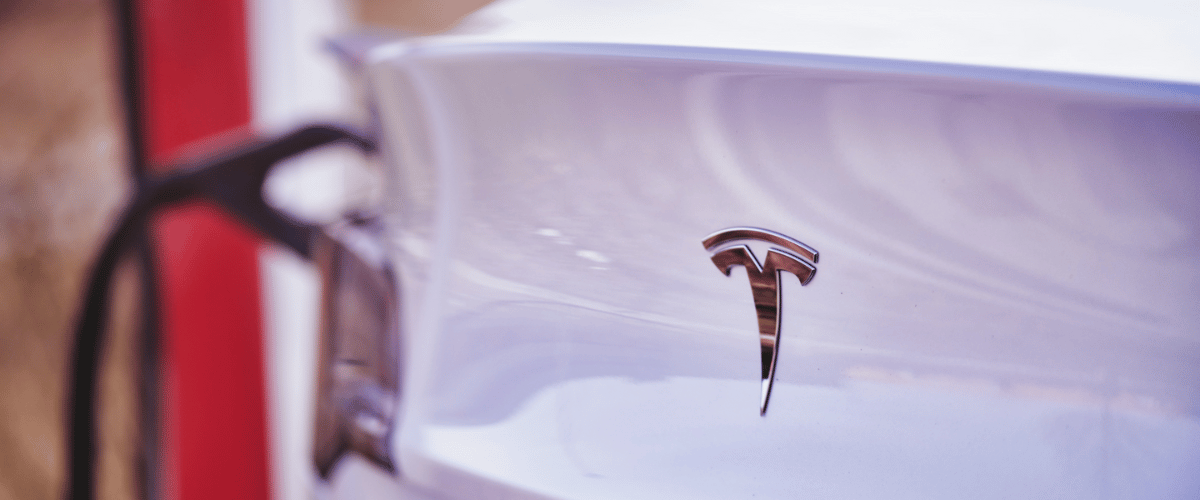
How to charge your Tesla in public:
1. Public Tesla Charging – Tesla Superchargers (DC Charging)
Dating back to 2012 and with over 35,000 charge points globally, the Tesla Supercharger network is the largest fast-charging network in the world. Not only that, but unsurprisingly, the Supercharger is the fastest way to charge your Tesla with whopping rates of 120kW, 150kW or, in the rare case, 250kW (with the V3 Supercharger).
How? Because Tesla Superchargers use the CCS connector type, which allows you to charge at a higher kW rate using Direct Current (DC) electricity.
If you are searching for a Tesla Supercharger, you’ll find them at motorway service stations. And in its infamous red and white colour combination and unique U-shaped hole, you will be able to spot a Tesla Supercharger from a mile off.
Superchargers are beneficial for charging your Tesla on long-distance journeys or when you need a full charge quickly. However, it is recommended that you do not continuously charge with a Supercharger to protect your EV battery from premature degradation.
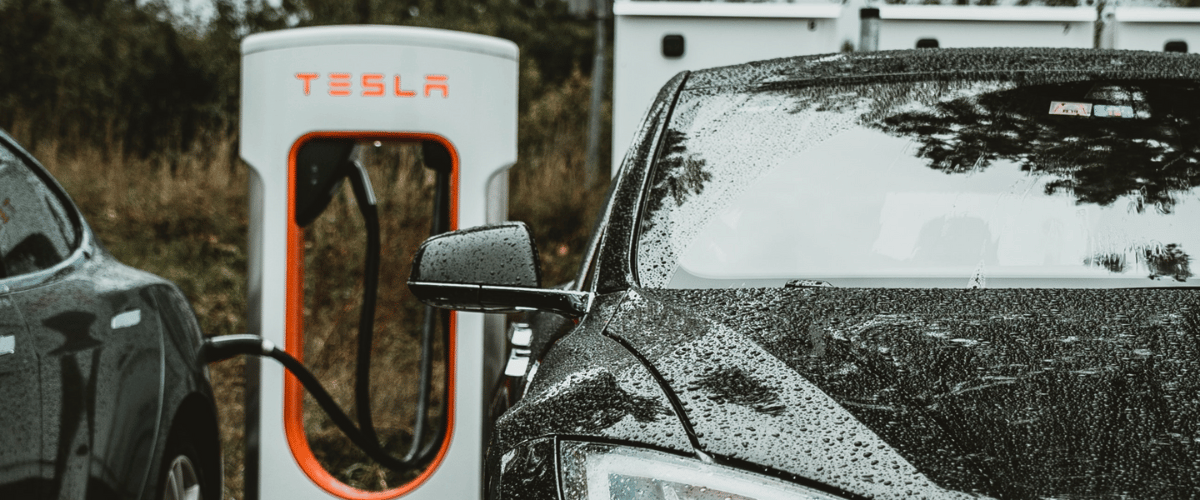
2. Public Tesla Charging – Tesla Destination Charging (AC Charging)
Another way to charge your Tesla in public is by using a Tesla Destination charger. Typically charging at a rate of 22kW, 11kW or 7kW, this method of Tesla charging is much slower than the Superchargers.
Tesla Destination chargers are usually found in popular areas like restaurants and car parks. However, due to their slower charging nature, they can also be found in places where people stay overnight, like hotels, B&Bs and resorts.
With this in mind, it’s best to charge at Destination units when out and about or if you need a top-up rather than a full charge.
Whilst the Superchargers have a distinct look with a bright red colour scheme and unique shape, the Tesla destination chargers are much more reserved and discreet. Attached to a wall or post with a white or grey cover, the Tesla Destination chargers look much like a home unit in a smaller, thinner design when compared to the Superchargers.
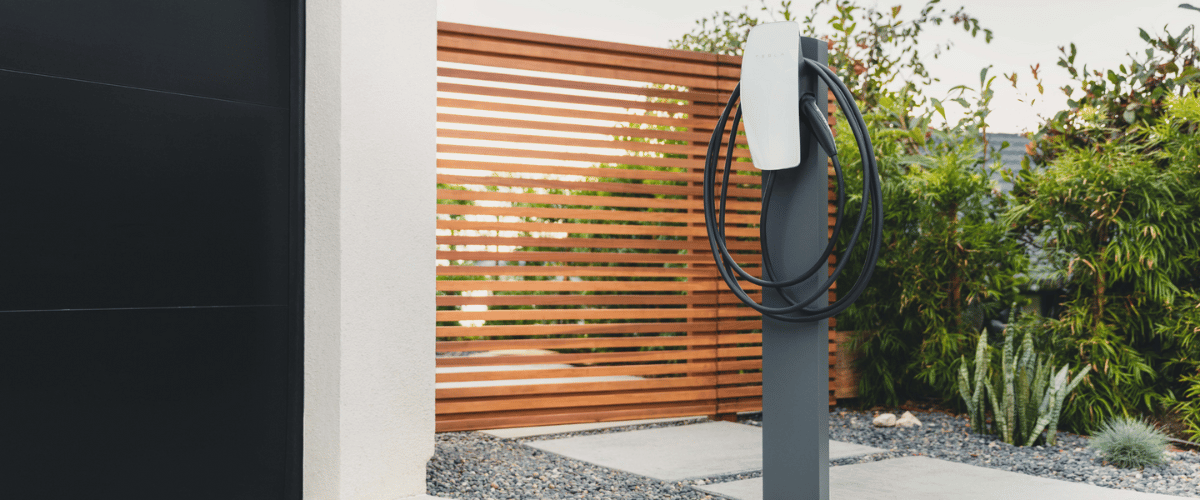
Where can I find Tesla public chargers?
You can find Tesla public charging locations by using Zap-Map, and filtering by Networks for Tesla chargers – Tesla Destination, Tesla Public Supercharger or Tesla-only Supercharger. Alternatively, you can use the Tesla app, website, or your car’s touchscreen. Simply enter your location, and Tesla chargers in your local area will pop up on the screen.
Are Tesla Superchargers free?
Unfortunately not. In the past, free Supercharging was available for Tesla owners. But this is no longer the case.
Nowadays, on average, a Tesla Supercharge will set you back 28p per kWh. The bright side is that it’s still cheaper to charge your Tesla at a Supercharger than to fill up with petrol!
Are Tesla Destination chargers free?
Tesla Destination chargers are free to use if you are a customer of the location. For example, if you are a guest at a hotel, you will likely be able to charge for free as a paying customer.
How long does it take to charge a Tesla?
Charging time varies depending on several factors. It depends on which model Tesla you have, what charger you use, and its rate (i.e., a Supercharger would have a significantly lower charging time than a 3-pin plug).
Below are the average charging times for the Tesla Model 3 to give you a rough example.
Can I charge my Tesla at any EV charge point?/Are Tesla Charging Stations Universal?
Yes, you can charge your Tesla at any EV charging point if the connector type on the charging cable matches the inlet connector on your EV (i.e., Type 2 to Type 2). I wouldn’t worry too much about connector types as Teslas tend to be Type 2 – the most common inlet connector in European countries.
So, don’t feel obliged to top up at a Tesla charging point if there’s a cheaper alternative.
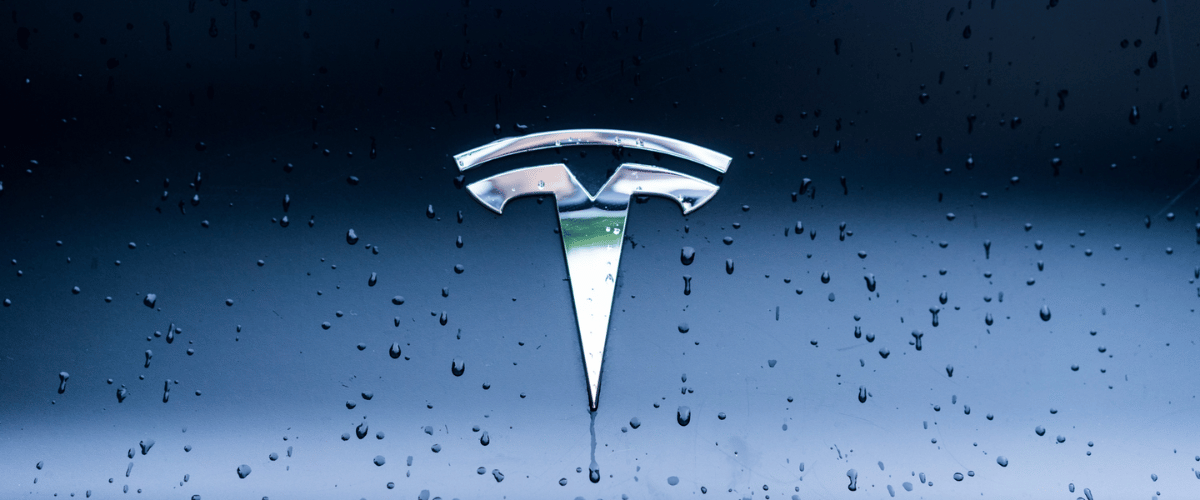
What’s the difference between Tesla charging points and standard charging points?
The clear-cut answer is not a lot. Tesla chargers have some perks for their customers, such as higher charging speeds with the Superchargers. Moreover, their public Tesla chargers also tend to be more reliable than others in the public charging network. Although, the main differences between Tesla charging points and standard EV charging points are branding and exclusivity.
Can I use my Tesla whilst charging?
I’m sure it comes as no surprise that you can’t drive while charging your Tesla, but you can relax inside your vehicle and use its sophisticated technology and wide range of apps to keep you entertained. Watch Netflix, play video games or listen to Spotify during your wait.
Can non-Tesla electric cars use Tesla charging stations?
Yes and no – it depends on where you are in the world.
Until recently, Tesla has kept their branded charging points exclusively for their customers. As of last year and even more so this year, Elon Musk has opened the Tesla charging network to non-Tesla EV drivers in a trial.
The trial was first introduced to the Netherlands last year, but in 2022 Musk opened the trial to most of Europe, including:
· The UK
· Spain
· Belgium
· Sweden
· Norway
· France
· Austria
· Denmark
· Finland
· Germany
· Luxembourg
· Switzerland
· Iceland
In the UK, there are now 158 Superchargers across 15 sites that allow non-Tesla EVs usage. Find one of these available charging points, download the Tesla App, and you can charge your EV at a Tesla charger.
It’s useful to note that the standard rate of charging for non-Tesla drivers compared to Tesla owners is higher, though.
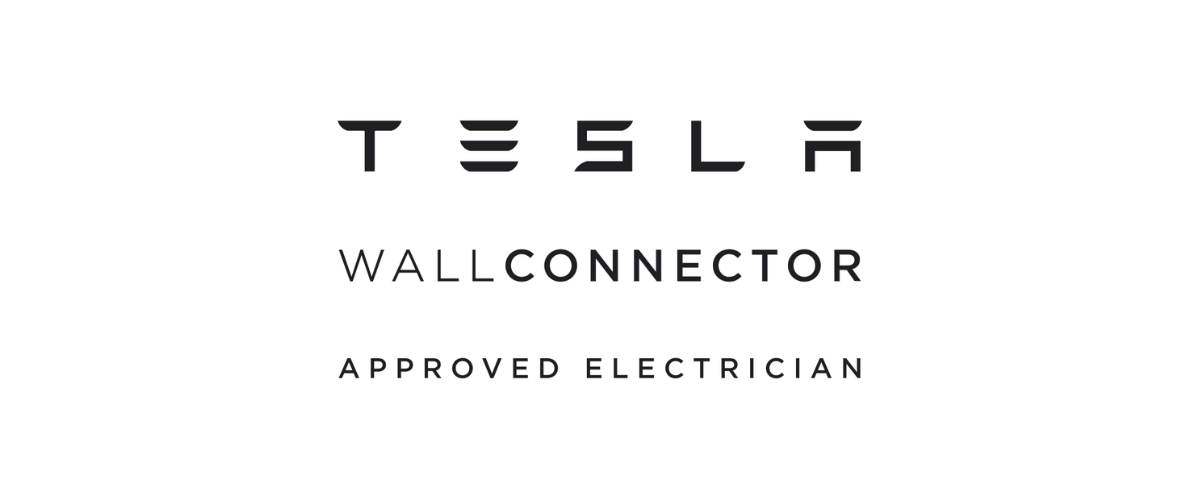
Are you looking to get a Tesla-compatible home charger or Tesla Wall Connector installed? We Power Your Car can sort it for you.
If you are thinking about getting an EV home charger installed, please get in touch with us for helpful and unbiased advice. With a network of vetted engineers across the UK, we can install EV chargers nationwide. Browse our market-leading range of home EV charge points here – all Tesla compatible. Or, if you still don’t know where to start and prefer to speak to someone directly, call us on 03333 44 96 99. Our expert customer service team are always happy to help.
For more information and our latest updates, follow us on Facebook, Instagram, Twitter, LinkedIn and YouTube.
related articles_
Stay up to date on the latest from We power your car_
I consent to receive newsletters from We Power Your Car. Please see our Privacy Policy
